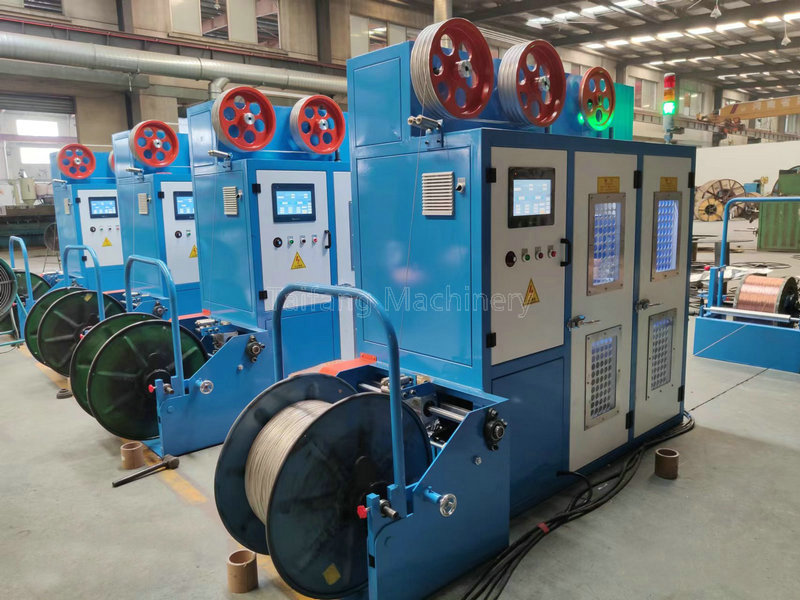Title: The Working Principle and Running Mode of Paper Packing Machine
The working principle of a paper packing machine is a series of processes that transform flat paper into various packaging forms through precise mechanical operations. Here’s a detailed explanation in English:
- Feeding: The reel form of packaging paper is placed on the machine and fed into the forming position through rollers or feed wheels. This step ensures that the paper remains flat and even, ready for subsequent processing.
- Forming: After feeding, the paper enters the forming mechanism where it is folded and shaped according to the preset requirements. This process may include folding, bending, etc., depending on the specific product being packaged.
- Printing (Optional): If necessary, the paper passes through a printing station where a pattern or text can be printed on its surface. This is usually done before folding to ensure the design aligns with the final shape of the package.
- Gluing: In the gluing area, the folded paper is coated with adhesive using a glue applicator (such as a nozzle or spray system) and then pressed together to fix the shape. This step is crucial for ensuring the stability of the package.
- Trimming: The trimmed paper is then sent to the cutting unit, which cuts the continuous strip of paper into individual pieces of the desired length, turning them into separate packages.
- Output: Finally, the fully formed paper packages are collected and prepared for further processing or direct packaging. To ensure smooth operation of the paper packing machine, several key operating requirements must be met:
Synchronization: All parts of the machine must work in perfect synchronization to ensure accurate paper transfer, folding, and folding. This is achieved through precise mechanical design and control systems.
Speed Control: Depending on the type of paper and product characteristics, the machine should be able to adjust running speeds to suit different production needs.

Precision: Folding accuracy is critical because it directly affects the final size and shape of the product. The machine should be equipped with high-precision control systems to achieve consistent results.
Reliability: Regular maintenance is essential to keep the equipment in good working condition and avoid operational issues that could lead to downtime.
Ease of Operation: The operator interface should be intuitive and easy to understand so that operators can quickly master the machine’s use.
Safety: The machine should comply with safety standards and have necessary safety measures in place to prevent injury to operators during operation.
In summary, the working principle of a paper packing machine involves a series of precise mechanical operations that transform flat paper into various packaging forms through steps like feeding, forming, printing, gluing, trimming, and output. To meet these requirements, the design and operation of the machine must be carefully considered to ensure efficiency and reliability in actual production



